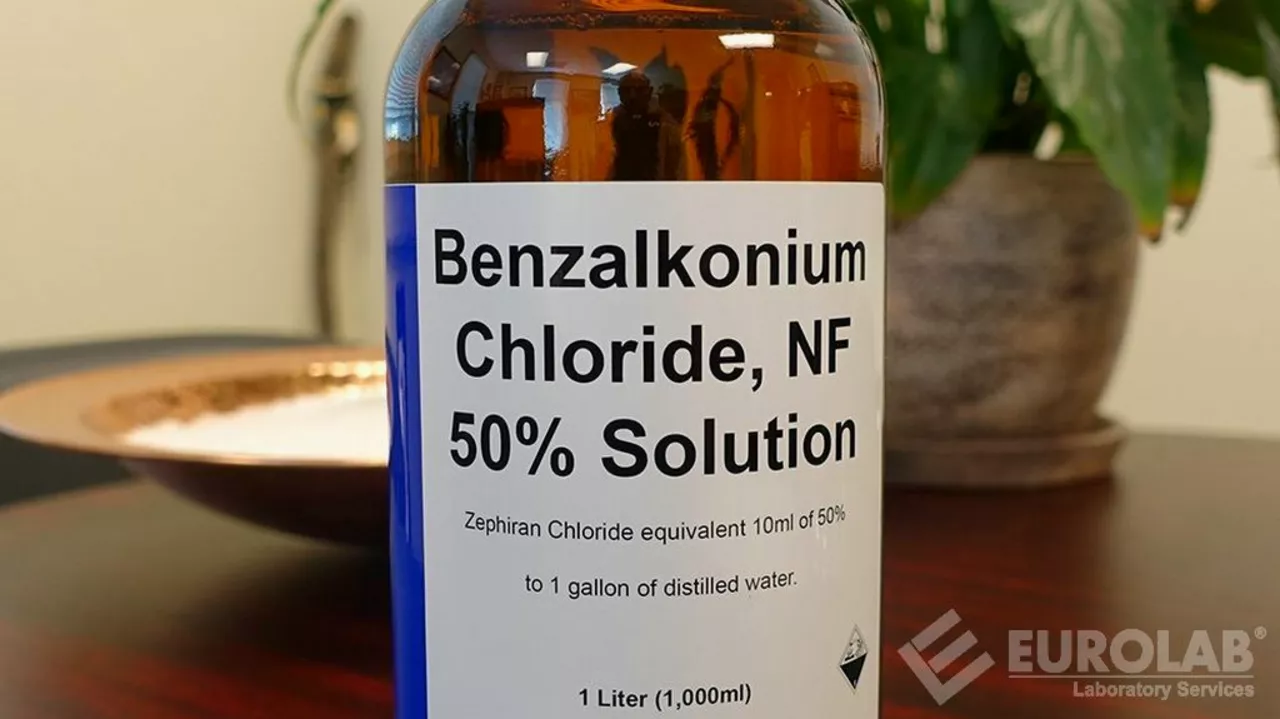Did you know the clear liquid behind many hand wipes is actually a powerful antiseptic? That ingredient is benzalkonium chloride, a compound most people see on product labels but rarely understand. In this guide we’ll break down what it does, where you’ll find it, and what to watch out for.
Benzalkonium chloride shows up in three main places: household cleaners, medical products, and personal care items. For cleaning, manufacturers add it to surface disinfectants, wipes, and sprays because it kills germs without the strong smell of bleach. In hospitals you’ll see it as a preservative in eye‑drop solutions, nasal sprays, and some wound‑care gels – it keeps the medicine from spoiling.
It’s also used in over‑the‑counter products like acne washes, shampoos for dandruff, and even some pet shampoos. The reason it works so well is that it disrupts bacterial cell walls, causing them to break apart quickly. That makes it a favorite for quick disinfection when you don’t have time for a long soak.
If you’ve ever felt a sting after using an eye‑drop, benzalkonium chloride could be the culprit. In low concentrations (usually under 0.01%) it’s safe for most people, but higher amounts can irritate skin, eyes, or respiratory passages. People with sensitive skin may notice redness or itching after using wipes that contain it.
When you’re buying a product, check the label for the concentration and look for any warnings about contact lens wearers – some eye drops are not safe if you wear lenses. If you accidentally get it in your eyes, rinse with plenty of water and seek medical advice if irritation persists.
For most household uses, following the manufacturer’s directions (like letting a surface stay wet for 30 seconds) keeps exposure low and effective. Never mix benzalkonium‑based cleaners with bleach or ammonia; the chemical reaction can release harmful gases.
Pregnant or nursing people should talk to their doctor before using products that contain high levels of this preservative, especially in nasal sprays or eye drops.
Overall, benzalkonium chloride is a handy tool for everyday cleaning and medical preservation when used correctly. Keep an eye on the concentration, avoid mixing with harsh chemicals, and stop use if you notice irritation.
Got more questions? Check out our FAQ section below or browse related articles on safe online pharmacy purchases, so you know exactly where to get trustworthy products.
